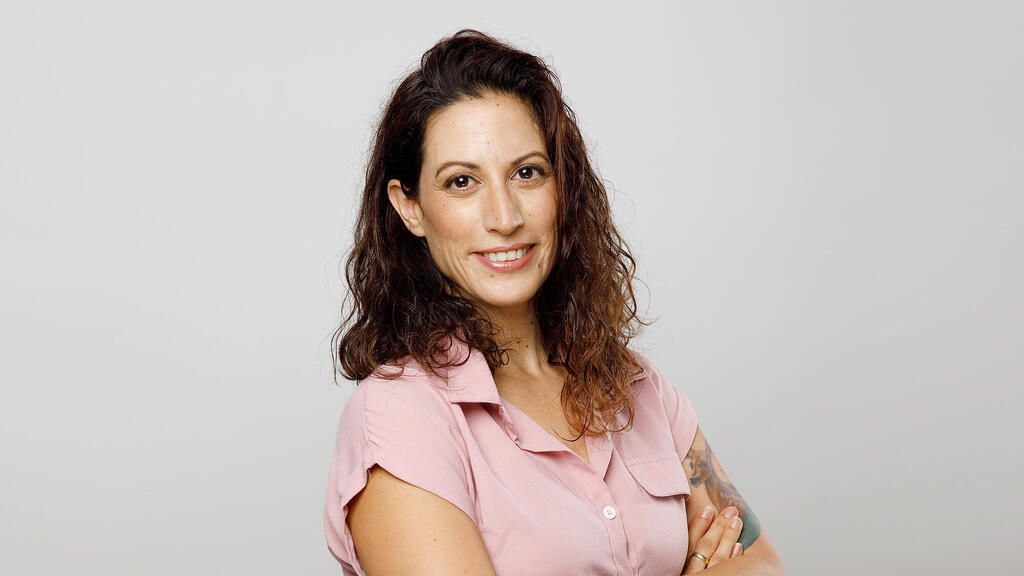
Why being innovative has become key to landing a job in tech
As the competition in the job market for every position has increased, employers are forced to go through hundreds of resumes in order to find the right candidates, making innovative and creative thinking the most important asset for today’s jobseekers
Marta Puerto, a product marketing manager from Madrid, was recently laid off from her job and struggling among thousands of jobseekers in today's competitive job market. She applied widely but wasn’t making any headway until she decided to change her approach, and posted a less than two-minute video on LinkedIn showcasing her marketing skills. This time, the product she was marketing was herself.
The video went viral, garnering over 145,000 likes on LinkedIn and more than 5,000 shares, catching the attention of hundreds of employers. In an interview with Bloomberg, Puerto said she has been flooded with interview requests from companies. In fact, just minutes after posting the video, she received an invitation to interview from a former colleague. She even received relocation offers and when she expressed that she wanted to remain in Madrid, she was offered the ability to work remotely.
One of the many companies that Marta’s video made its way to was Israeli startup AppsFlyer, which responded with a video of their own, specifically aimed at attracting candidates. The other side of the tough job market for candidates is that every job opening attracts hundreds, even thousands of applicants, making the screening process extremely difficult
In AppsFlyer's video, Gaston Rendelstein, Director of Product Marketing, says that he “recently posted a few openings for the product marketing team” and that he went through hundreds of resumes and LinkedIn profiles until he stumbled upon Marta's video, whose style he mimics. He decides to “market the product marketing team to Marta.”
Rendelstein says that this isn’t just a marketing gimmick. "We had three open positions on my team just three weeks ago and now we have two. We responded to Marta's video in the same style to draw attention to us. Even the role that she was looking for in the video is exactly what my team does," he explains. The video received thousands of likes and led to many more resumes for the open positions. "I think that [the video] showcased a bit of our company and team culture and made people much more open. People reached out and said, 'I know I'm not Marta but...' It broke the ice and created a very interesting dialogue."
Given the situation in the job market, employers testify that they receive many more resumes for each open position, sometimes in the hundreds or thousands, and still, it's difficult to filter and find the most suitable candidates for the role. Unique approaches beyond generic resumes help candidates stand out and also ease the process for recruiters.
"It's true that the quantity of resumes we received increased following the video but so did the quality. We are looking for very specific people, and cultural fit is very important to me personally. A sense of humor and not taking oneself too seriously is exactly what I'm looking for - humble, open people. That's exactly what the video led to. We received resumes from very interesting people. Even people I reached out to in the past and didn't get a response from, suddenly replied a few days after the video was posted," Rendelstein says.
At AppsFlyer, part of the recruitment process for candidates for client-facing roles includes preparing a two-minute introductory video based on a set of questions, such as why they are interested in this field. "The goal is to understand people beyond their resumes. Personally, I’ve become a bit allergic to resumes. I hardly read them; I go straight to LinkedIn because there's some sort of standardization. In the end, it's just written words and what people write about themselves is that a company gave them a certain title which doesn't mean anything.
“In a video, you can see exactly how people communicate, especially when it comes to a marketing role. I need to see that they can command an audience and speak well in public, so I think a video can help a good candidate stand out above everyone else. Occasionally, I receive a video that isn’t just a summary of the resume, but a video of the person walking or at home, and it allows me to see who the person is, if it's someone worth meeting. Unfortunately, a large number of the videos people record during the interview process are very dry, so it's also a dangerous tool for a candidate who doesn't know how to use it.
“For example, two years ago, we had a candidate who instead of taking a regular photo in front of the camera went and produced and edited a two-minute video. It was amazing, and it foretold what kind of professional she is because when she came here she was very creative, very big-picture, not bound by frameworks," he says.
IT-management company Atera recently hired someone who sent them a video explaining why they should hire him specifically and what added value he brings to the role. "The video definitely helped the candidate stand out and impressed the hiring team," says Shir Portal, Talent Acquisition Manager at Atera.
The candidate was applying for a customer success role, and the video gave him a significant advantage. "It's a role that involves a lot of interaction with global customers, a role where it's important to possess the ability to 'break the ice' and communicate effectively with customers. Therefore, the video definitely gave the candidate a relative advantage, created a personal connection, and also reflected his suitability for the role," she says.
However, a video is not always the correct strategy for every role. For example, if the candidate appears unsuitable for the position he is applying to or if the video is not of sufficient quality, it may cause more harm than good. "In general, if the video is well-edited and high-quality that makes you smile, it's great and provides a lot of added value," says Portal.
Videos are not the only method that candidates use to stand out. A year ago, Gal Segev hung a sign on a balcony in Tel Aviv's Midtown area that said in English: "Looking for a head of HR? hire me!" and attached a QR code to her LinkedIn profile. The move created a buzz, and within two weeks, she signed a contract as Head of People at Kodem.
"I started my career in marketing and wanted my skills and who I am to be clear in the job search process. It was important to me that [companies] would come to me and not just that I search [for them]. This sign and this campaign allowed me to reach my target audience and also to showcase who I am and the different aspects I already bring to the role at this stage. As an HR professional, when I look at candidate applications, many times I try to understand who they are in all of this. It's very difficult to get to a stage where they express themselves, so if there's an opportunity to do it beforehand, it's better. For example, a graphic designer can design something or video creators can produce something that shows who they are," she says.
Recently, due to the war and the situation in the job market, it's very common to come across posts from job seekers. Because of the situation, these posts are received with understanding and a willingness to help. One of these posts, in which a woman sought to help her husband who lost his job while he was in reserves, reached Shani Egoz, Head of HR at Cycode.
"Seeing people making such extraordinary gestures is inspiring and heartwarming. In the startup community and in general in Israeli society, there is a lot of mutual support and endless initiatives and groups trying to help with various things, including finding work. Usually, when there is such a creative initiative, it receives a lot of reactions and shares online. Unfortunately, for us specifically, he was less suitable for the positions currently open with us. But, I understood that he received many inquiries so there is a high demand. So, at the moment, it didn't work out for us, but I was happy for him that the post created a lot of exposure and, of course, I shared it," she says.
Such a message, which might have been seen as desperate or uninteresting in other times, was received during times of war with empathy and a desire to help. "Maybe before the war such messages would have passed over, especially if the search was very specific. But today, during times of war, there is a desire to help, especially for reservists, in all sectors, and hiring is one of the ways. I personally forwarded his profile within our company, even though it didn't exactly match what we were looking for," Egoz says.
In general, she agrees that unique and creative approaches increase the chances of being accepted for the right position. "In today's market where companies recruit intensively but for very targeted and defined roles, it doesn't hurt and it’s even advantageous to think in an innovative and unique way because it creates exposure. The larger the exposure, the more doors will open," she says.
First published: 13:58, 24.03.24


















